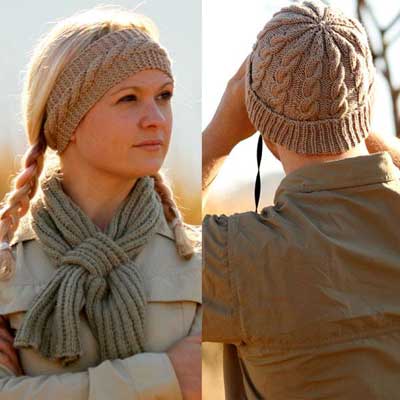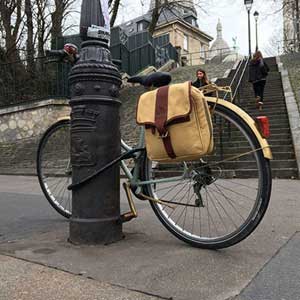Welcome to The Safari Store UK
We are a UK company and look forward to assisting you prepare for all your adventures: at home in the UK, or away.
Contact us if you have any questions | Help & FAQs
Fast UK Delivery
Get fast delivery from our base in the UK by courier. Find out more about UK delivery & delivery offers.
Select country & currency >
Pay in USD, GBP, or EUR
Don't leave home without Bushman Insect Repellent
For anything you do outdoors - from safari, to camping, to gardening - use Bushman Insect Repellent for the best outdoor protection from biting bugs & insects. Add Bushman to your Basket or find out more about the Bushman Benefits.
Sun Protection Safari Clothing
Opt for high-UPF hats & safari clothing styled for sun-filled days
Anti-Insect Safari Clothing
Get the best insect protection by wearing our anti-insect clothing & insect repellent
Shop: Men’s | Women’s | Kids’ | SPECIAL OFFERS: Bushman repellent
Women's Safari Shirts
Timeless Safari-Style meets Performance
Our women's safari shirts & safari jackets combine safari-inspired style & feminine cuts, with outdoor functionality & protection from the elements
Shop women's tops: Women's Safari Shirts | Women's Safari Jackets & Fleeces
Expert advice: Safari Shirt Advice Guide
Men's Safari Shirts
Ruggedly Sophisticated for Outdoor Life
Authentic, classical safari shirt styling. Shop safari shirts & safari jackets which effortlessly take you from the city to the Serengeti. Insect & Sun defence
Shop men's tops: Men's Safari Shirts | Men's Safari Jackets & Fleeces
Expert advice: Safari Shirt Advice Guide
- Popular Categories -
Your time in the outdoors is precious. Our clothing and gear is expedition tested™ to ensure that you make the most of every second of each adventure.
We take you from the boardroom to the backcountry; from the couch to your favourite climb.
Women's Safari Hats
Sun Protection Meets Safari Style
Our women's safari hats combine high level UPF sun protection with safari style to suit all occasions. Shop safari hats for summer, safaris & outdoor adventure
Expert advice: Safari Hat Advice Guide
Men's Safari Hats
Sophisticated or Sporty? You Decide
Decide where to go next with our safari hat range. Shop high sun-protection safari hats which adapt to any situation, from safari to summer outdoor excursions
Expert advice: Safari Hat Advice Guide
- SHOP YOUBUY, WEGIVE -
Our YOUbuy, WEgive projects are all about making a difference in Africa.
Find out more: YOUbuy,WEgive Projects
Thusk™ Knitwear Project
The Thusk™ Knitwear Project employs Zulu grannies in Africa to hand-knit luxury 100% South African wool beanies, scarves & heandbands. Shop Thusk™ - you will already feel a little warmer
Find out more: Thusk™ Knitwear Project
Rufiji™ APU Boots Project
The men and women tasked with walking on patrol to protect the wilds of Africa often do not have good shoes - and so in our usual way we designed and tested our own boots for these denizens of the conservation world. We periodically donate Rufiji APU Boots to APU teams in Africa
Find out more: Rufiji™ APU Boots Project
- RECENT STORIES -
Read: All stories
Virtual expedition: Okavango
Planning, rowing & writing about the Okavango Delta during lockdown
'It's always summer somewhere'
We discuss why safari clothing may just be the best outdoor clothing
Safari in Paris
Stroll through the Paris safari lookbook for style inspiration as we take in the sights in the City of Lights
Worldwide Delivery
We are a UK outdoor company who also delivers to clients worldwide. Through our courier partners, we offer affordable and fast delivery to most countries including the UK, EU, and USA. For delivery options, free delivery offers, pricing, and terms for your country, please go to our dedicated delivery page and select your country. As always please do not hesitate to contact us should you have any questions.
Welcome
At The Safari Store, we are proud to design, expedition test™, and make clothing, luggage, and gear for clients who love the outdoor life and, of course, safari. We are guided by our desire to marry safari-inspired style with high-performance materials and designs so that you not only look good but also feel great the next time you walk out your front door. We want to be your partner wherever you choose to explore - whether it be a walking safari in Africa, a walk on the Inca trail, or a walk to meet friends at your favourite local pub or restaurant.
Click here to find out more about our story and what motivates us.
"Thanks for fab service"
As a small team dedicated to great service and products, we can honestly say that we will always do our best for you as our client. Please do read some of our reviews from clients and travel partners. Should you wish to chat to us for advice, to discuss your order, or for any other assistance please do contact us. We would love to hear from you.

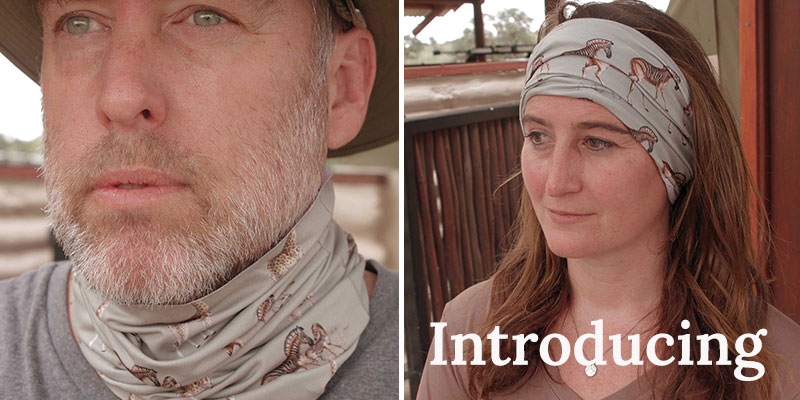


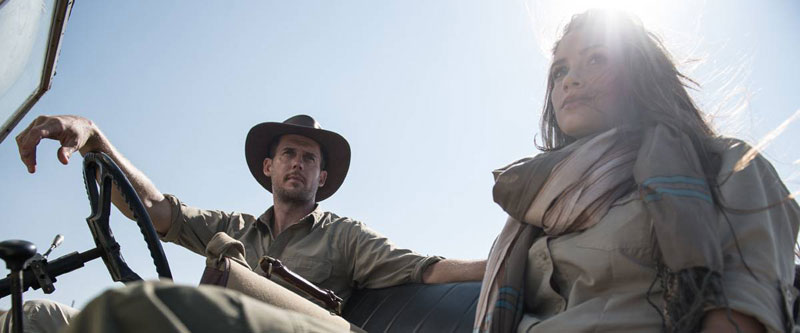

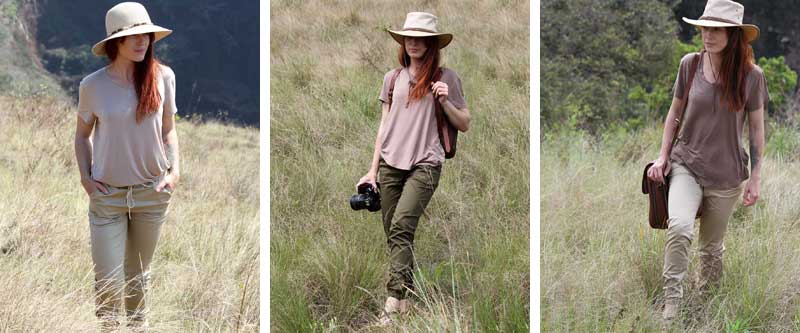
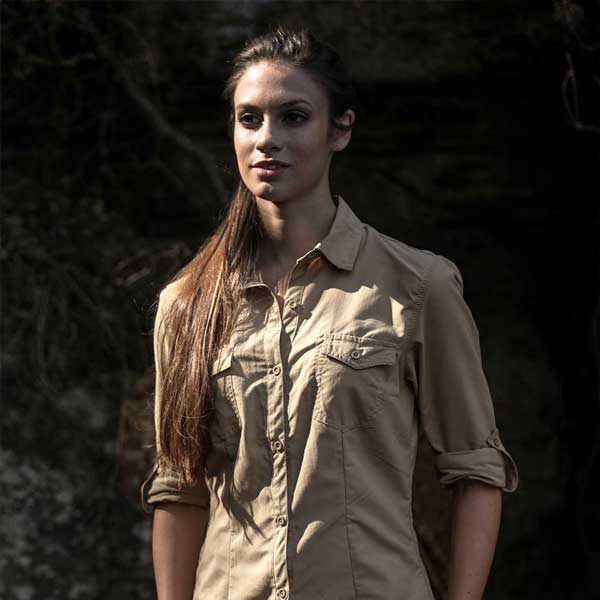

 Safari Luggage
Safari Luggage Women’s Safari Shirts
Women’s Safari Shirts Insect Repellent
Insect Repellent Men's Safari Shirts
Men's Safari Shirts Safari Hats
Safari Hats Kid’s Safari Shirts
Kid’s Safari Shirts Safari Trousers & Shorts
Safari Trousers & Shorts Binoculars
Binoculars







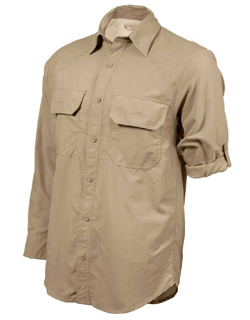 Men's Safari Shirt in Explorer Style
Men's Safari Shirt in Explorer Style Men's Safari Shirt in Everyday Style
Men's Safari Shirt in Everyday Style Women's Safari Shirt in Pioneer Style
Women's Safari Shirt in Pioneer Style Women's Safari T-Shirt in Serengeti Style
Women's Safari T-Shirt in Serengeti Style Timeless Safari-style Luggage
Timeless Safari-style Luggage Safari-styled Trousers
Safari-styled Trousers Classic Safari-styled Jackets
Classic Safari-styled Jackets Safari-style Hats tested in Africa
Safari-style Hats tested in Africa